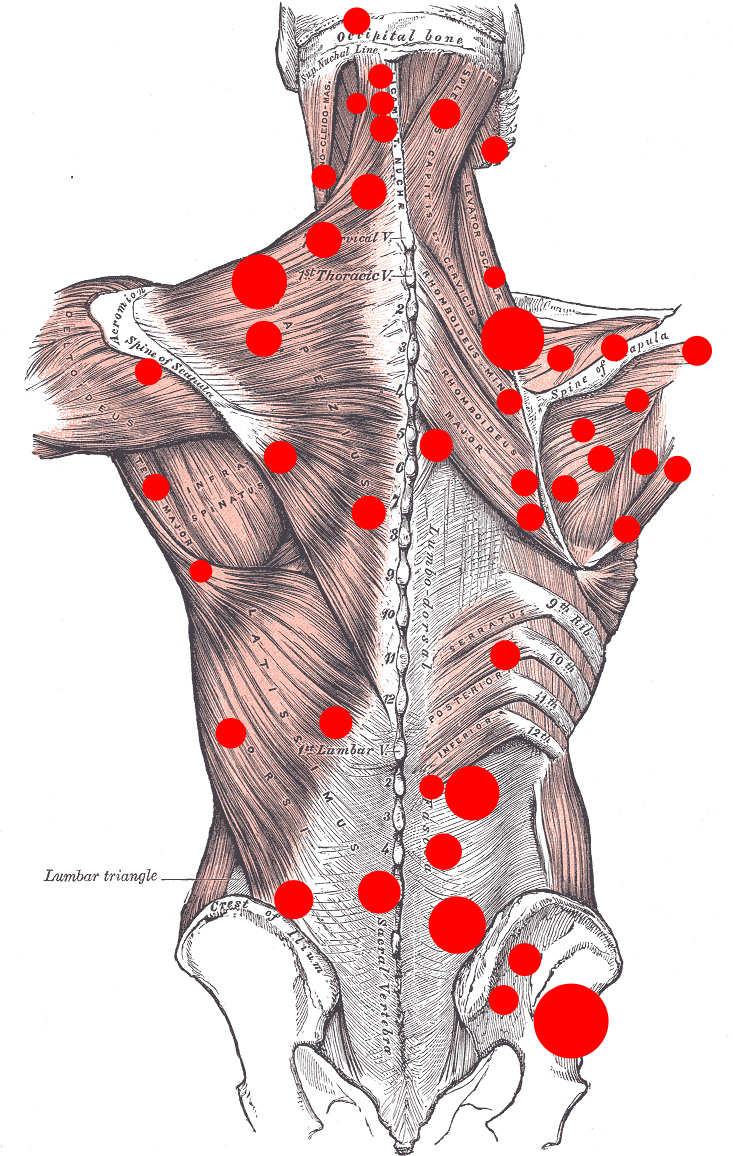Welcome Emily Kersey, our newest registered massage therapist to join the Diversified Health Practitioner Team!
Emily has a diverse education in both Eastern and Western massage techniques. Her education in Yoga Therapy, Thai Massage, Ayurvedic and Swedish massage has enabled her to examine both energetic and musculoskeletal health.
Emily has been fascinated with bodywork since childhood after sitting in on her mother’s massage appointments. At fifteen she started taking yoga, which brought body awareness into her life and prompted interest in the field of health. Then, while taking a university gap year working at a wellness center, she saw the amazing results massage brought clients and was eager to learn these skills herself.
The Eastern Therapy Bodywork diploma program at Pacific Rim College offered an approach to healing that brought together yoga, massage and therapy. The Yoga Therapy education there initiated her own journey of healing, solidifying the effectiveness of body movement in health maintenance. The Thai Massage education taught her manual skills to use while the client is in yoga-like poses, creating an application for Emily’s yogic knowledge within massage practice. Ayurveda introduced her to energetic medicine which forever changed Emily’s perception of how to find balance in all aspects of life to achieve overall health.
After starting a home practice, Emily realized that this education alone was not sufficient to meet some of the more complex physiological needs of clients. It was at this point she chose to attend the Canadian College of Massage Therapy. Emily studied and worked with many issues during school such as chronic pain and workplace related issues. Much of her clinical studies were specific to autoimmune disorders, bringing to light the positive influence massage has in pain management. She is passionate about addressing myriad health concerns and bringing the totality of her educational experiences to improving the lives of her clients.
Clinic Days: Tuesday, Friday, Saturday & Sunday




 Myofascial pain syndrome is a chronic musculoskeletal pain disorder that can involve either a single muscle or a muscle group. It refers to pain and
Myofascial pain syndrome is a chronic musculoskeletal pain disorder that can involve either a single muscle or a muscle group. It refers to pain and
